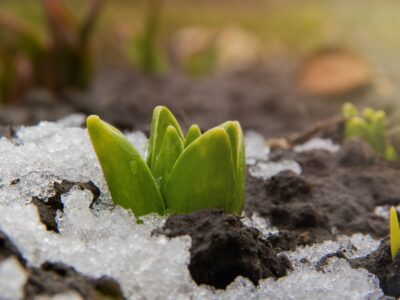A ground-breaking new study has found that plants can feel when they are being eaten, responding at times with defense mechanisms. The study, titled, “Plants respond to leaf vibrations caused by insect herbivore chewing”, was conducted by the Division of Biological Sciences at The University of Missouri.
The study examined thale cress (Arabidopsis), a vegetable that is related to broccoli, mustard greens, and kele. Scientists often use this plant for studies as it was the first plant to have it’s genome fully mapped.
In order to conduct the study scientists took audio recordings of the sound that caterpillars make when they eat. The hypothesis was that plants would hear or feel the vibration and in turn engage in some sort of unique observable behavior.
The researchers controlled the experiment by playing other vibratiions to the plants that simulated natural sounds like wind noise.
The results found that when the thale cress experienced the “munching vibrations” of the caterpillar, the plant sent extra mustard green, a mild toxic that dispels caterpillars, throughout it’s leaves.
According to the scientists involved, “our work is the first example of how plants respond to an ecologically relevant vibration. We found that feeding vibrations signal changes in the plant cells’ metabolism, creating more defensive chemicals that can repel attacks from caterpillars.”
Watch the video to see for yourself:


